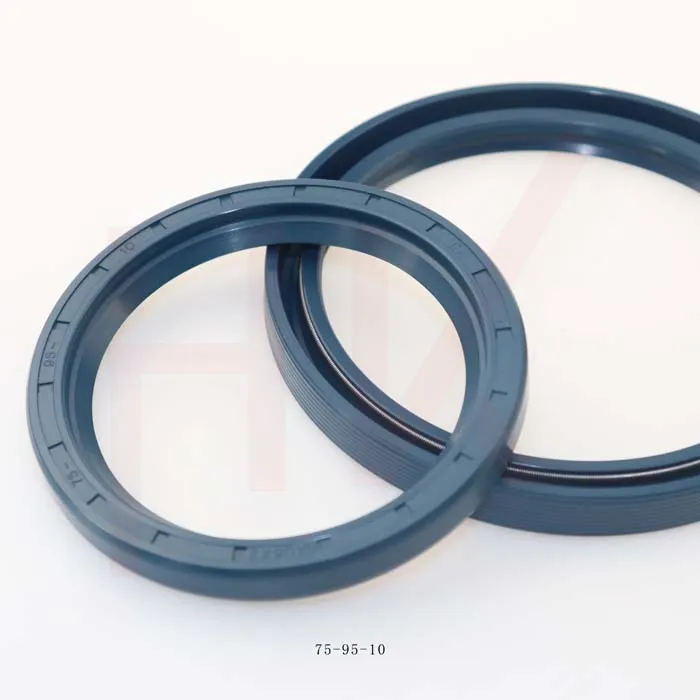Nov . 18, 2024 07:40 Back to list
High-Quality Rubber Seal Kits for Effective Leak Prevention and Maintenance Solutions
Understanding Rubber Seal Kits Importance, Types, and Applications
Rubber seal kits are integral components in a variety of industrial and consumer applications. These kits, typically comprising a selection of rubber seals, gaskets, O-rings, and other sealing devices, are designed to prevent leaks, protect mechanisms from contamination, and ensure the efficient operation of machinery and equipment.
One of the primary functions of rubber seals is to create a barrier between two surfaces, preventing the escape of fluids (liquids or gases) or the entry of foreign substances. This quality is critical in numerous settings, including automotive, aerospace, marine, and manufacturing industries. Without proper sealing solutions, machinery can face significant wear and tear, leading to costly repairs and downtime.
Rubber seal kits come in various types, each tailored to specific applications and environmental conditions. The most common types include O-rings, flat gaskets, cylindrical seals, and specialty seals. For instance, O-rings, which are circular in shape, are widely used in hydraulic systems due to their ability to provide a tight seal under pressure. Meanwhile, flat gaskets serve well in environments where a compressible seal is required, such as between engine components in vehicles.
rubber seal kit

Materials used in rubber seals can also vary, with options like nitrile rubber, silicone, ethylene propylene diene monomer (EPDM), and fluorocarbon elastomers available. Each material offers distinct properties that suit different applications. For example, silicone seals are celebrated for their temperature resistance, making them ideal for high-heat environments, whereas nitrile rubber is often used in oil-sealing applications due to its excellent resistance to petroleum products.
The application of rubber seal kits is widespread, extending from household appliances to heavy industrial machinery
. In the automotive sector, these kits are vital for ensuring the proper functioning of engines, transmissions, and braking systems. In construction and manufacturing, they are essential for preventing leaks in hydraulic systems and ensuring the smooth operation of assembly machines.When selecting a rubber seal kit, it’s crucial to consider several factors such as the specific application, operating conditions (temperature, pressure, and media compatibility), and the required durability. Proper installation and maintenance are also vital for the longevity and effectiveness of these seals. Regular inspections can identify signs of wear or damage, allowing for timely replacements before critical failures occur.
In conclusion, rubber seal kits play a pivotal role in maintaining the integrity and efficiency of various systems across multiple industries. By understanding their types, materials, and applications, users can make informed choices to enhance the performance and reliability of their equipment, ultimately leading to increased productivity and reduced maintenance costs. Investing in high-quality rubber seal kits ensures that machinery operates smoothly, safeguarding against leaks and enhancing operational longevity. Whether for professional use or DIY projects, a robust rubber seal kit can make all the difference in ensuring a leak-proof and efficient system.
-
TCN Oil Seal Metal Ring Reinforcement for Heavy Machinery
NewsJul.25,2025
-
Rotary Lip Seal Spring-Loaded Design for High-Speed Applications
NewsJul.25,2025
-
Hydraulic Cylinder Seals Polyurethane Material for High-Impact Jobs
NewsJul.25,2025
-
High Pressure Oil Seal Polyurethane Coating Wear Resistance
NewsJul.25,2025
-
Dust Proof Seal Double Lip Design for Construction Equipment
NewsJul.25,2025
-
Hub Seal Polyurethane Wear Resistance in Agricultural Vehicles
NewsJul.25,2025
-
The Trans-formative Journey of Wheel Hub Oil Seals
NewsJun.06,2025
Products categories
















